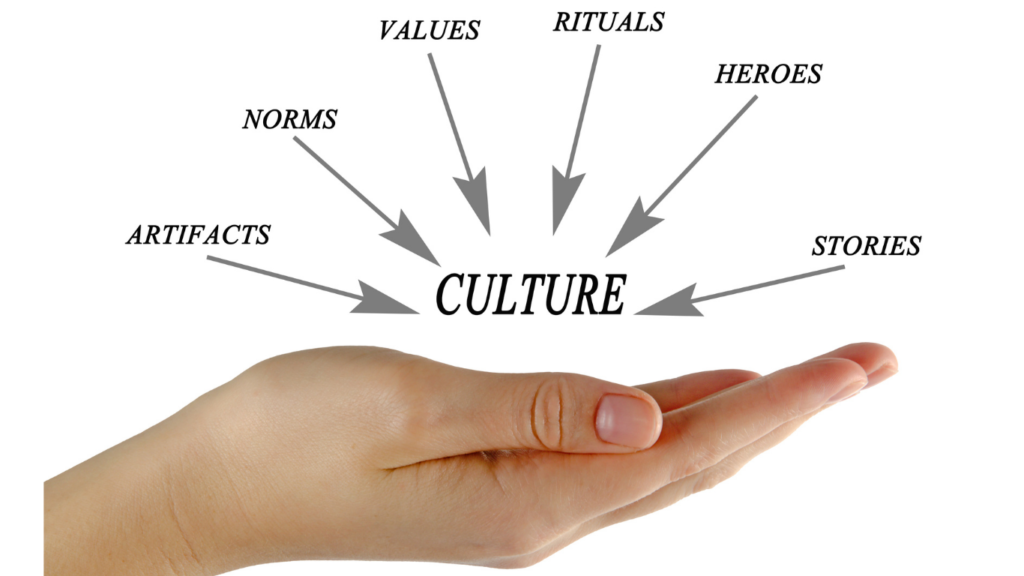Now that we’ve introduced you to the importance of building workplace culture, ways to think about that culture (in our example we use the metaphor of an ecosystem) where your people can thrive, and we’ve shared how building this foundation can boost productivity, promote agility, enhance employee engagement, and set the stage for innovative thinking, it will become more apparent how your efforts will lead to a stronger, more positive workplace culture for generating greater business results.
Hi, I’m Byron Darden with another edition of Leading with Purpose on Purpose. In this installment, Leilani Henry and I focus on the intentionality of shaping an environment where people feel valued, engaged, and empowered. We’ll introduce you to tools and strategies you can use to accomplish your goal and share some of the components you’ll want to consider as support for ensuring a successful place for work to get done.
We’ve also included some real-world examples that are sure to provide you inspiration in creating a workplace where people want to be and feel inspired to unite with one another in the quest of living into your organization’s vision. On behalf of my colleague Leilani and myself, enjoy!
Start with How Leaders Can Build and Sustain a Thriving Organizational Culture.








